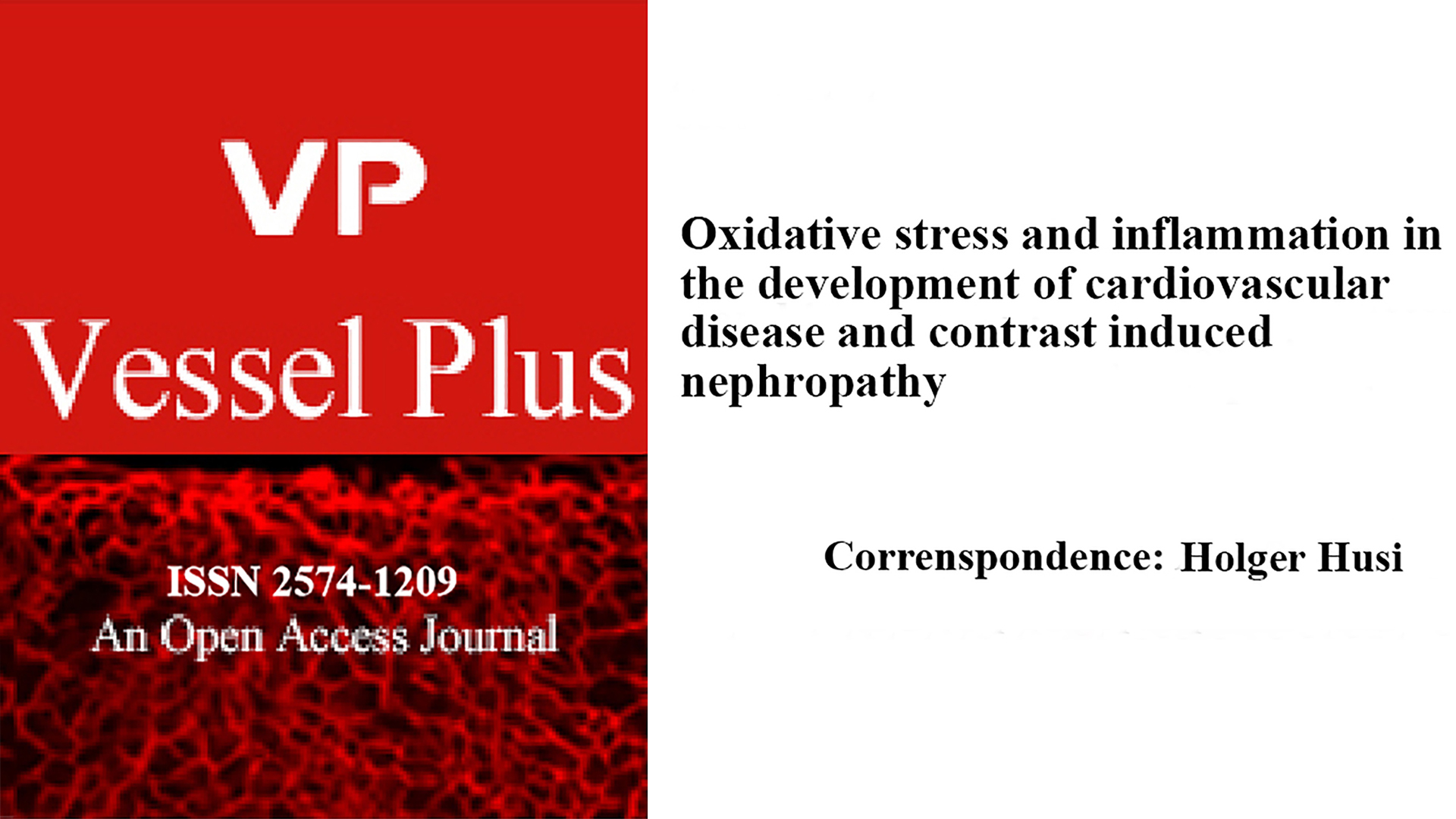Oxidative stress and inflammation in the development of cardiovascular disease and contrast induced nephropathy
Utilization of contrast media to visualize vasculature structures in the setting of cardiovascular disorders (CVD) can lead to acute kidney injury, referred to as contrast-induced nephropathy (CIN). CIN can potentiate mortality and hospitalization in aged individuals, patients with CVD, nephropathy, enhancing kidney damage, and cardiac events. Preventing CIN by identifying risk factors is important. The underlying mechanisms of CIN pathology are unclear, but the key factors include direct cytotoxicity, oxidative stress, vascular and endothelial dysfunction and inflammatory processes. Reactive Oxygen Species and inflammatory mediators have been proposed as key factors influencing the development of CIN and CVD, and the elucidation of the interplay between the mechanisms evoked by them may provide a better understanding of the signaling processes happening in these conditions, thereby potentially enabling early identification, prevention and characterization of novel drug targets.
